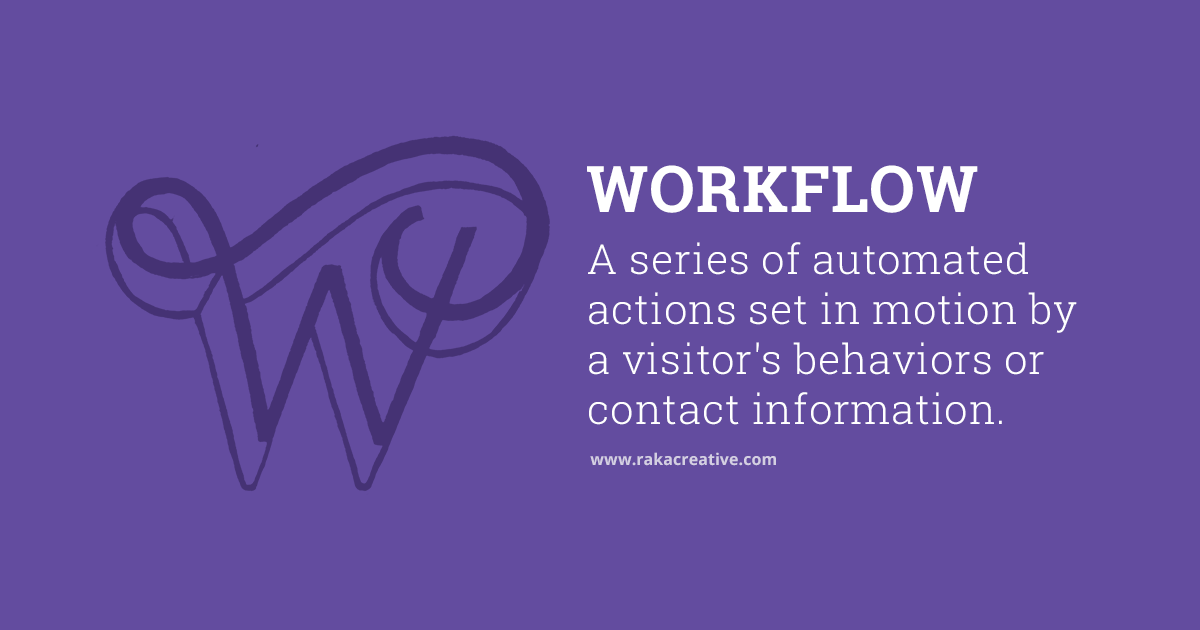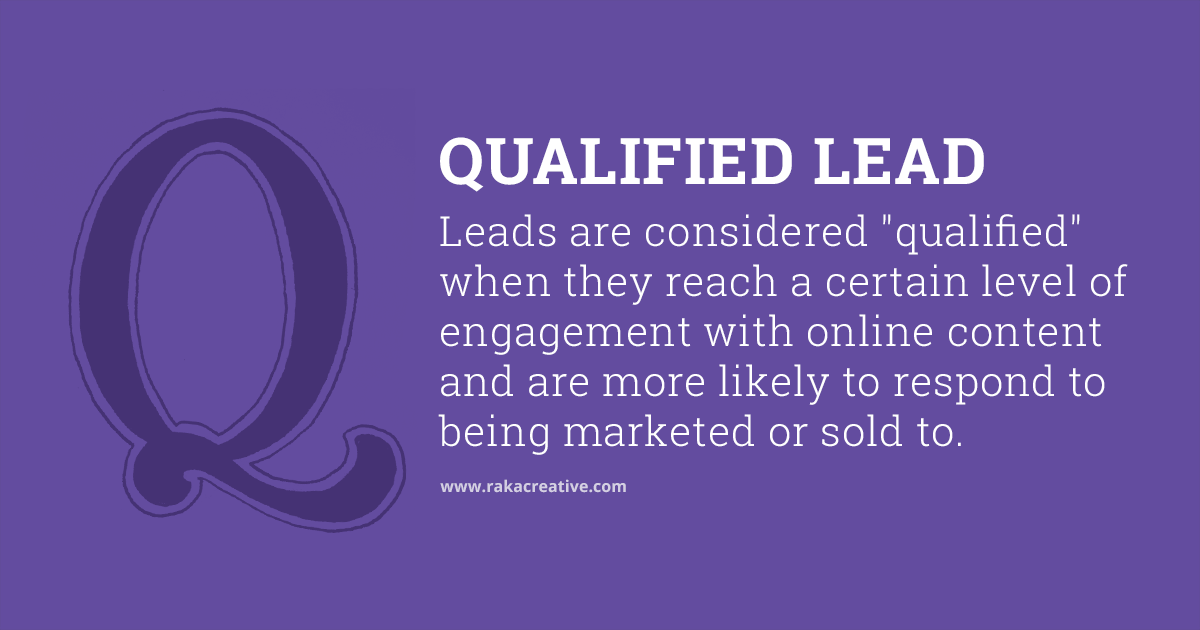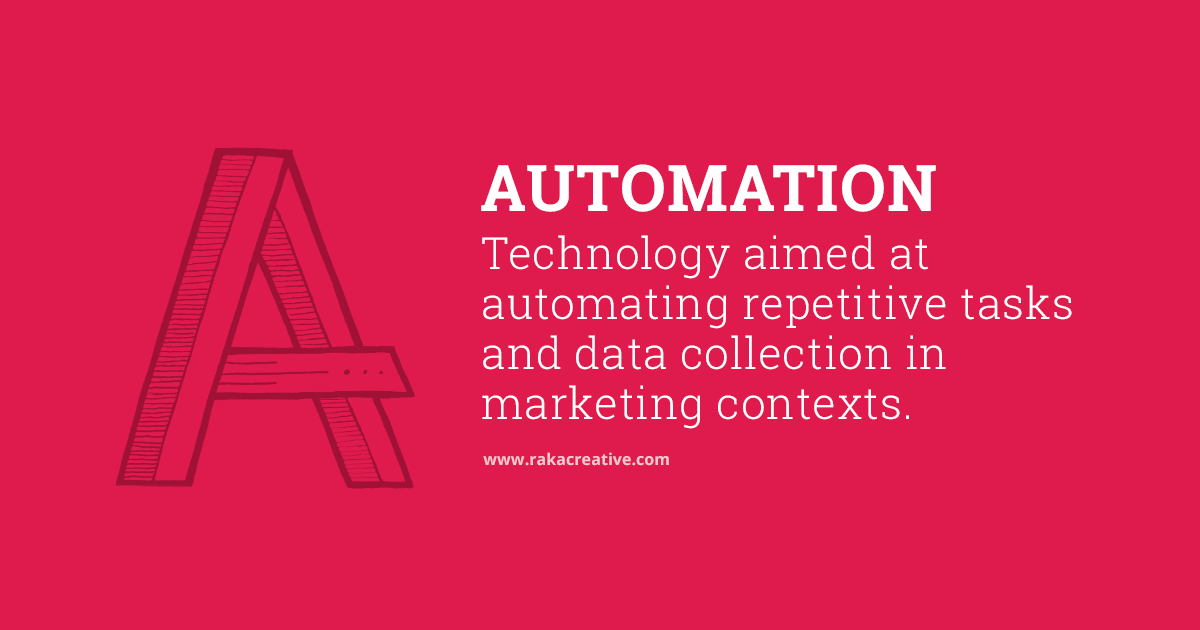As my colleague Dave explained in “A Is for Automation,” workflows are automation tools that trigger marketing actions when certain conditions are met. Workflows can be activated in a number of ways, including form submissions, email opens, list additions, and contact properties.
Tell me more
To what end are workflows created? The subsequent actions can help segment contacts, promote actions, and send notifications to internal partners, among many other things.
In Dave’s email marketing example on our Inbound Marketing Definitions page, a smart list was created for all the contacts who fill out a particular form. The condition—a person filling out the form—triggered the action of sending a thank you email to that person. Once we create the email and the workflow, we basically set it and forget it. Automation takes care of the rest.
Why workflows are important to marketers
One of the most common uses for workflows is lead nurturing. You want to move prospects further down the sales funnel, so you create a series of emails that provide content and conversion opportunities targeted at various stages of the buyer’s journey. A workflow can not only set this lead nurturing process in motion but carry your prospects through to the bottom of the funnel.
It’s all about efficiency. To quote Dave: “This kind of automation eliminates the tedious (and mistake-filled) work of emailing prospects on an individual basis.” Think of how much time you’ll free up for the whole team if the process is automated.
And lead nurturing is just one piece of the marketing pie that can be improved by workflows.
At Raka, we love using them for persona segmentation. While ideally, you’ll be able to capture persona information straight from your form using a “What best describes your role?” drop-down, it isn’t always applicable, especially when you’re B2C.
One of our B2C clients uses a drop-down that asks, “How can we help?” We use workflows to segment users into separate persona groups based on their answer to that question, rather than their role. The workflow simply says, “If user selects ____ help category, assign them as ____ persona.”
But wait, there’s more! Internal workflows can also be immensely helpful.
Content marketing
Once you’ve established buyer personas and goals it’s a great idea to put workflows in place for your content. Start by creating an editorial calendar and assigning tasks to your team. Your workflow could look like this:
When Dave drafts a blog post > Kelly and Mary are notified automatically that they need to proof the post> Design is tasked with creating appropriate blog post and social images> Kathy is assigned to drafting and scheduling social media updates> Dave publishes the blog post > An RSS-fed email is sent to your contact list or a segment thereof. The names may vary, but your workflow will likely look largely the same.
The key here is finding the right software to automate because you don’t want to have to send manual notifications at every step of the process.
Search engine marketing
Many of us inbound marketers set up Pay Per Click ads for clients on Google, Facebook, and other outlets. There can be several steps involved in setting ads up, so why not automate them? Here’s the workflow:
Your team determines your goals, the audience for your ads, and your budget> The team meets to select target keywords> Ryan is tasked with writing ad copy> Mary, Amahl, and Dave are notified when the copy is complete and are tasked with proofing it> Design is assigned to creating images> When the images come through, the team is notified and schedules a meeting to review> The ads are tested and then scheduled.
Social media
I’ve already mentioned social media a couple of times, so you already know how it can fit into a workflow. But you can do a lot more than just alert a coworker to drafting and scheduling messages about the blog post you just published. Check it out:
Set up and manage your posting calendar> Monitor feeds and find third-party content to share> Schedule internal and external blog content, videos, and images to various social networks> Monitor responses and other engagement > Run reports and use them to inform your strategy.
These are just a few examples of how workflows can increase efficiency for your inbound marketing team. If you can dream it, marketing automation tools like HubSpot and Pardot can probably help you do it, so don’t be afraid to think big. And with all the free time workflows will provide, dreaming shouldn’t be a problem.
If you skimmed this post…
A workflow is a series of automated actions set in motion by people’s behaviors or contact information.
Want to learn more awesome inbound marketing terms? Check out our Inbound Marketing Definitions page.






